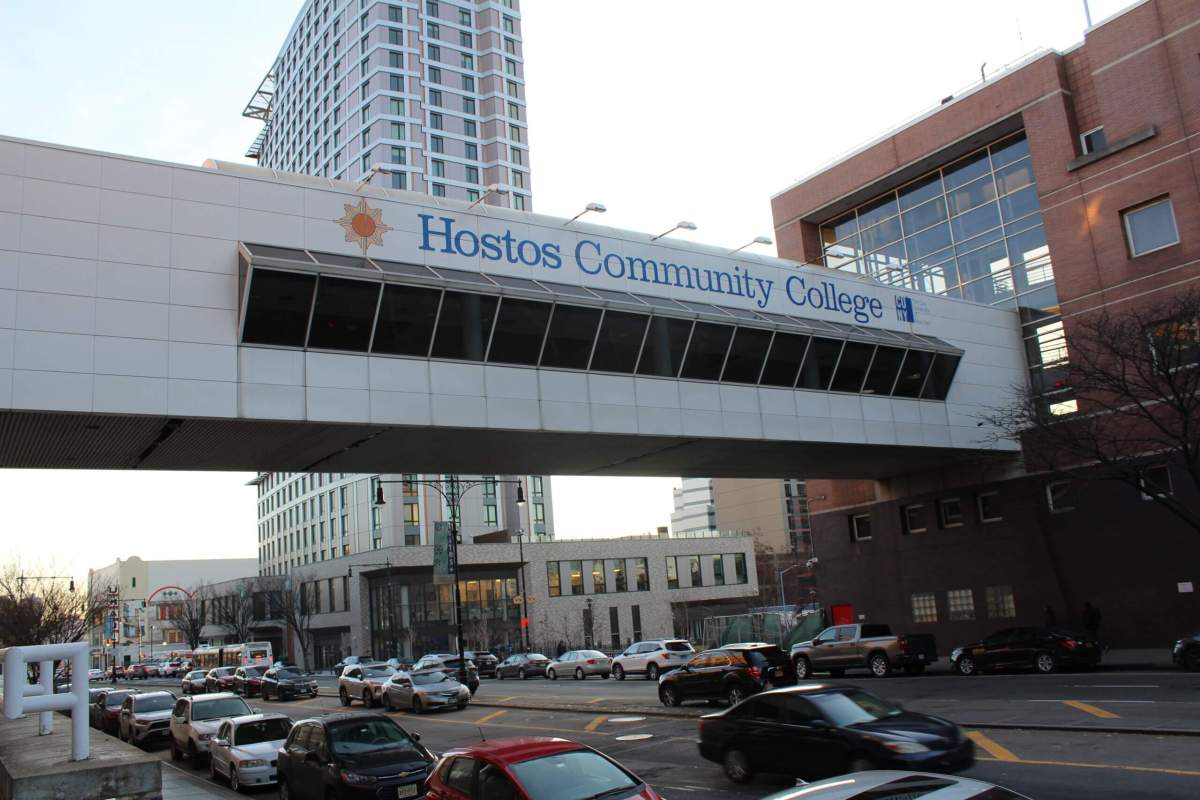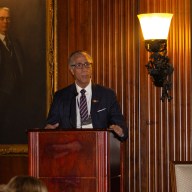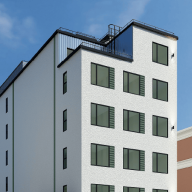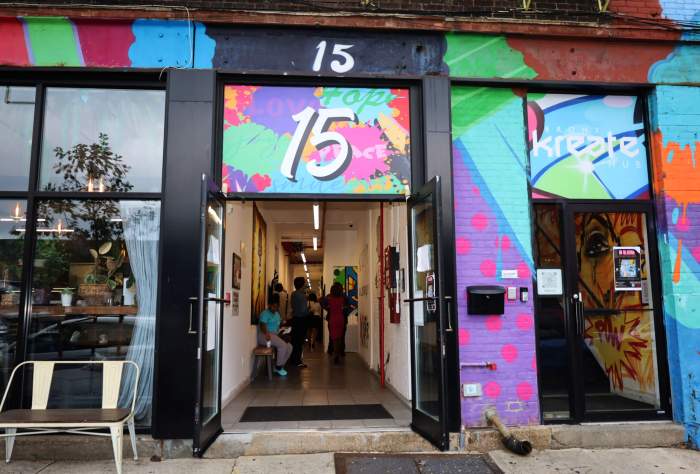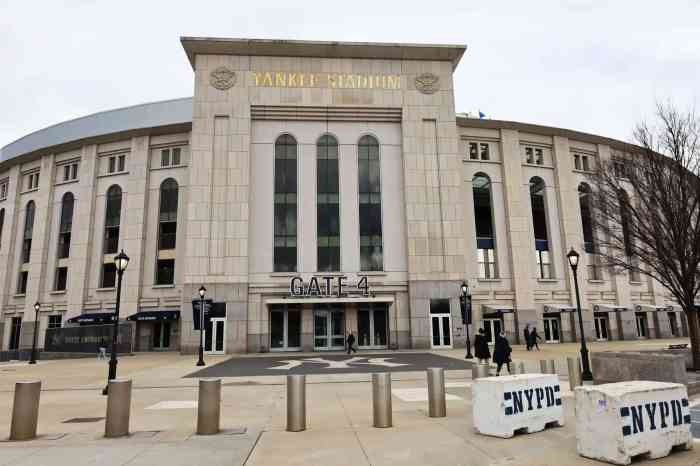Creeping black mold and goo, flooded offices, freezing halls and extremely high studio temperatures — these are just some of the descriptions of infrastructure at CUNY campuses I heard at my Higher Education hearing on facilities at CUNY.
These stories are not of long forgotten buildings left to rot as the rest of the city welcomes modernity. These are the very real and present-day accounts of students’ accommodations in CUNY colleges, where essential upgrades rely on the capital budget, which addresses long-term needs.
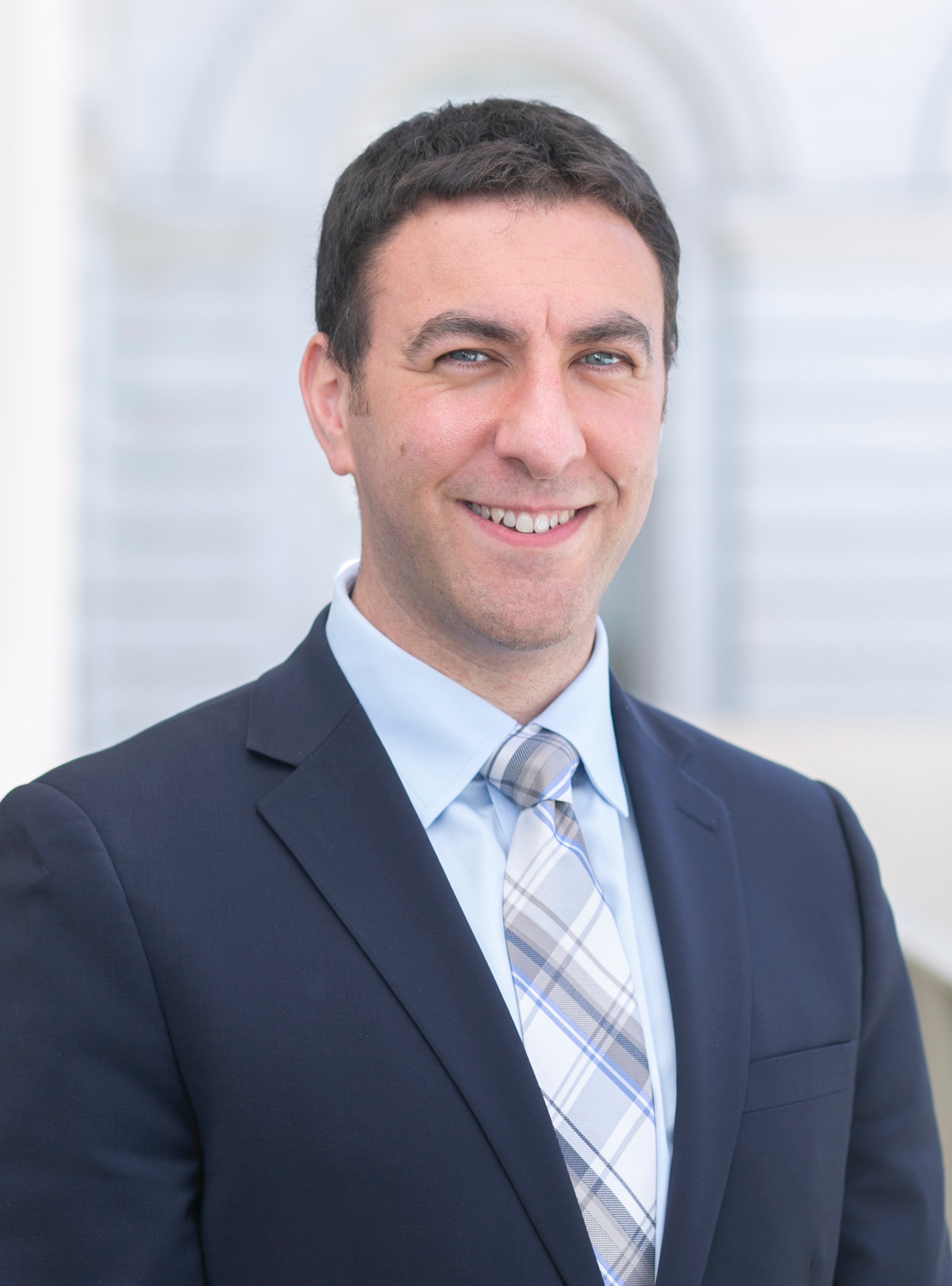
As chair of New York City Council’s Higher Education Committee, I am alarmed at the horror stories like those above in our hearings. Pursuing a public higher education for some has become a hazard, with students being forced to attend their classes in endangering environments.
While it is easy to direct our anger at the university leadership overseeing our institutions that are quite literally crumbling, casting them as the villains willing to trade their students’ wellbeing for financial gain would not be fair to CUNY administration, nor would it be accurate. CUNY is fighting every day for more funding and wrap-around support that its students desperately need to thrive.
This is a symptom of a much larger crisis that remains unaddressed.
It is no secret that our mayor’s austere budget cuts caused much outrage, so much so that he rolled back two of the proposed cuts in recent months. But it is not nearly enough to cover the extent of the damage. In December of last year, CUNY asked Gov. Kathy Hochul for $2.3 billion to cover its operating budget, and as part of its FY 2025 preliminary budget response, the New York City Council called for $333.1 million in capital funding for CUNY.
It’s rare that such a small investment reaps the returns that CUNY does. The lack of expense funding means that maintenance staff cannot quickly address the hazards like mold and vermin. During the winter, students must brave the freezing New York cold to attend their 9 a.m. lectures when there is no one to replace or fix the boiler. Students must simply sweat in the energy-sapping heat of the summer if the air conditioning remains unfixed. The lack of capital funding means that CUNY cannot effectively make the investments it needs in things like new HVAC systems, not to mention investments in new construction like sports fields and science buildings that will attract and retain top talent.
Some solutions are not novel, uncharted territory. Just as many other schools have, a centralized maintenance system would greatly alleviate these burdens. A single transparent system through which students and professors can submit requests, the maintenance teams can resolve accordingly, and all can check on the status of these requests would transform facilities. This requires funding and smart decision making at CUNY central.
Considering that these costs would occupy an infinitesimally tiny portion of both our state and city’s budgets, it is mind-boggling that we are not willing to do the bare minimum to ensure that our students’ basic needs are met.
Our students, our future leaders, cannot be an afterthought. Their desire to pursue an affordable higher education should not be met with facilities that display a disregard and contempt for their spaces of learning, but rather with every effort to expand their futures for themselves and all of us that will eventually depend upon them.
The entire purpose of CUNY was to create a system through which we, as a community, can invest in our own and raise our next generations of change-makers and inspirers.
And time and time again, the CUNY system has done just that. In the last few months alone, in the Bronx, we have seen a myriad of accomplishments that reflect brightly upon our city. Hostos Community College hosted the mayor’s State of the City address, and it opened an anti-hate exhibit, featuring renowned international photographer Zion Ozeri’s “Jewish Identity/Jewish Diversity” photo exhibit. The exhibit displayed a multitude of identities within the Jewish culture, providing a humanistic and nuanced lens of one of the most relevant and controversial subjects of today. Lehman College opened its new nursing building, allowing students from right here in our borough the opportunity to study nursing in a world-class facility.
That is just within the Bronx alone. An abundance of treasures are borne from CUNY colleges citywide.
If we truly believe that New York City is world-class, why do our students not receive a world-class educational experience? We can afford it, so why do we not provide it? Public higher education costs are not expenses to be cut; they are long-term, smart investments. But that investment in our future slips away the moment we turn a blind eye to our students as they breathe in toxic mold spores.
Eric Dinowitz represents the Bronx in New York City Council District 11.
For more coverage, follow us on Twitter, Facebook and Instagram @bronxtimes

